Musée du noeud Dong-Lim (동림매듭박물관)
10.0Km 2021-03-27
10, Bukchon-ro 12-gil, Jongno-gu, Seoul-si
+82-2-3673-2778
Le musée du noeud Donglim ouvert en avril 2004 vous fait découvrir les noeuds décoratifs traditionnels coréens maedeup comme le norigae pour le hanbok, mais vous pourrez aussi y voir des ceintures et bourses traditionnelles et des matériaux comme du fil, de la corde ou encore des accessoires. Situé dans une maison traditionnelle hanok, on y trouve plusieurs créations, anciennes et modernes, ainsi que des créations qui reflètent les tendances d'aujourd'hui.
The Hanok Smith Likes (스미스가 좋아하는 한옥)
10.1Km 2019-11-26
22-7, Samcheong-ro, Jongno-gu, Seoul
+82-2-722-7003
The Hanok Smith Likes is an Italian restaurant that can be found in an alley near the Embassy of the Republic of Poland. The restaurant is famous for serving homemade Italian cuisine in traditional Korean house in Samcheong-dong.
The Smith in the restaurant’s name refers to a Mr. Smith, a virtual person cooks his favorite dishes in a hanok. One of the interesting aspects about this restaurant is that they serve hwadeok pizza (brick oven pizza) and pastas which are not the Korean dishes one might expect given the hanok exterior. They also serve salads, risotto, steak and wine at the restaurant. Particularly, the nighttime atmosphere of the restaurant offers a more serene and cozy experience thanks to the traditional hanok architecture.
Musée d'Histoire de Séoul (서울역사박물관)
10.1Km 2023-08-25
55, Saemunan-ro, Jongno-gu, Seoul-si
+82-2-724-0274~6
Le musée d'Histoire de Séoul présente l'histoire et la culture de Séoul en partant de la préhistoire jusqu'à l'époque moderne en se centrant sur la période de la dynastie Joseon. Pour montrer l'histoire et la culture de Séoul qui est en plein essor pour devenir une métropole mondiale et en s'établissant comme espace culturel représentatif qui récupère, préserve, étudie et organise des expositions des patrimoines culturels, le musée d'histoire de Séoul joue le rôle de musée qui insuffle fierté et solidarité aux Séoulites et qui montre l'identité de notre culture aux étrangers.
Bukchonmaru hanok guesthouse [Korea Quality] / 북촌마루한옥게스트하우스 [한국관광 품질인증]
10.1Km 2020-09-10
152, Changdeokgung-gil, Jongno-gu, Seoul
+82-10-3253-8751
Bukchonmaru Hanok Guesthouse is located between “Bukchon Views 2 and 3” on a hill in Bukchon Village in Seoul. This two-storied hanbok building with a terrace, which is rarely found among other hanok structures in the area, offers a splendid view of Seoul. In particular, the summit of a hill next to the main gate of Choong Ang High School where the guesthouse is situated is known as the filming location for the famous Korean TV series Winter Sonata (2002). When you open the main gate and go up to the first floor, a small yard is seen with a group of jars on one side. After entering the sliding door through the yard, there is daecheong maru (main floored room) that features the doors opening in all directions and a high ceiling with rafters, making the space open and cozy. The hanok building consists of two floors – the ground floor is equipped with special furniture, a jar table and a log chair made by the owner, and on the first floor are guestrooms comprised of one large room and two small rooms. The neat and clean rooms are designed in a simple way and have lovely bedding with the pattern of five cardinal colors. Its staff members can speak English and Chinese to communicate with guests from other countries. Every morning, guests engage in animated conversation while enjoying a Korean home-style breakfast prepared by the owner in a friendly atmosphere. After having breakfast, if guests want, they can try on traditional Korean clothes (hanbok) and take photographs inside and around the guesthouse to create interesting memories. The guesthouse also provides a hanbok rental service (KRW 30,000 for a day) and tourists wearing traditional Korean clothes can enter both Changdeokgung Palace and Gyeongbokgung Palace, which can be reached on foot within 10 to 15 minutes, free of charge. Moreover, guests can enjoy an open view of the area including Gahoe-dong, Gye-dong and even the lights of the Namsan Seoul Tower at night from the roof top.
Musée d’art africain (아프리카미술관)
10.1Km 2022-09-30
24-1, Samcheong-ro, Jongno-gu, Seoul-si
+82-2-730-2430
Le musée d’art africain a été créé dans le but d’accueillir de nombreux festivals artistiques et fournir un espace de recherche sur des thèmes variés. Un principe majeur de la galerie est de promouvoir les oeuvres d’art qui essayent activement d’explorer l’esprit humain.
Centre d’art Sonje (아트선재센터)
10.1Km 2019-03-26
87, Yulgok-ro 3-gil, Jongno-gu, Seoul-si
+82-2-733-8945
Le centre d’art Sonje est un complexe artistique qui a été construit en 1998. Sa création récente n’empêche la grande qualité des expositions.
En plus de cela, le complexe propose des projections de films, des spectacles de danse ou de théâtre et des concerts. Il y a une salle au sous-sol pouvant contenir 250 personnes.
Le jeu des lumières et le système audiovisuel sont utilisés pour les projections de films, les performances et les conférences. Il y a aussi plusieurs critiques de films concernant la vie dramatique de certains artistes. D’autres festivals s’éténdent de concerts internationaux à des d’expositions spécilales sur les producteurs cinématographiques allemands.
Si vous souhaitez vous détendre, dirigez-vous vers le hall de la maison traditionnelle coréenne “Hanokgwan” situé au 1er étage: vous y trouverez une architecture unique avec une bâtisse de style coréen traditionnel rénové en style moderne. Cette dernière est entourée de bambous apportant une atmosphère apaisante. Elle est parfois aussi utilisée comme espace d’exposition.
Dans les environs du centre d’art Sonje se trouvent le palais royal de Gyeongbokgung et Insa-dong.
Hyehwa1938 [Korea Quality] / 혜화1938 [한국관광 품질인증]
10.1Km 2023-04-13
7, Sungkyunkwan-ro 16-gil, Jongno-gu, Seoul
+82-10-7107-1752
Located in (no suggestions)-dong of Seoul, Hyehwa 1938 is a lodging facility which is based on the remodeling of an 80-year- old traditional Korean house. A traditional Korean house expert initially wanted to use it as an office but later decided to turn it into a guest house due to its large size. As a result, the unique beauty of traditional Korean house was revived while improving practicality. The Woojeong room and Sarang room are now resized to accommodate max 8 persons which used to be only max 4 in the past. Despite the remodeling, the aura and atmosphere of the traditional Korean house is well preserved. Inside the room, you can see that the chandelier of the rich house in the '30s are accompanied by modern furniture and electronics which maintain unique harmony. Open the windows to see sansuyu and maehwa along with other various seasonal trees with beautiful colors and also the space such as edges and sewers are well arranged to avoid any discomforts with your eyesight. The heart of architecture offers only two rooms for guests, and you are all welcome to enjoy the true beauty of Korea.
Jangchung Jokbal (장충족발)
10.1Km 2021-03-29
31, Noryangjin-ro 16-gil, Dongjak-gu, Seoul
+82-2-816-9824
Jokbal (pig’s feet) is a representative food loved by Koreans. The best menu at this restaurant is braised pigs' feet. This Korean dishes restaurant is located in Dongjak-gu, Seoul.
Artshop Mu (아트샾 무)
10.1Km 2017-09-18
9-1, Bukchon-ro 11-gil, Jongno-gu, Seoul-si
+82-2-738-3011
“Artshop Mu” est une boutique d'art vendant des bijoux faits à la main créés par la propriétaire et artiste Jin Jin-Suk. Chaque pièce est réalisée manuellement avec des pierres exotiques, perles et autres pendentifs importés d'Inde et du Népal.
Populaires chez les trentenaires et quarantenaires, les colliers sont vendus entre 200 000 et 300 000 wons, et les boucles d'oreille et bracelets environ 100 000 wons.
Mont Mangusan (Séoul) (망우산(서울))
10.1Km 2021-03-10
San 69-1, Mangu-dong, Jungnang-gu, Seoul
+82-2-2094-2395
Le mont Mangusan s’étend sur les quartiers Mangu-dong et Myeonmok-dong à Séoul, mais aussi sur la ville de Guri-si dans la province Gyeonggi-do. Il se situe à 281,7 mètres au dessus du niveau de la mer. Il existe dans la montagne un cimetière, qui a été désigné comme cimetière publique en 1933. Depuis cette nomination, beaucoup de gens célèbres reposent dans cet endroit avec notamment l’auteur pour la littérature de jeunesse, Bang Jeong-hwan (Sopa de son nom de plume), les indépendantistes Oh Se-chang et Han Yong-un, mais aussi Ji Seok-young qui fut un célèbre linguiste et chercheur en vaccins en Corée.
Le mont dispose d’un parc doté d’une longue route de randonnée d’une longueur de 5,2 km appelée “la route de la pensée”. Le parc est reconnu pour ses verturs revigorantes et pour la pureté de son eau.
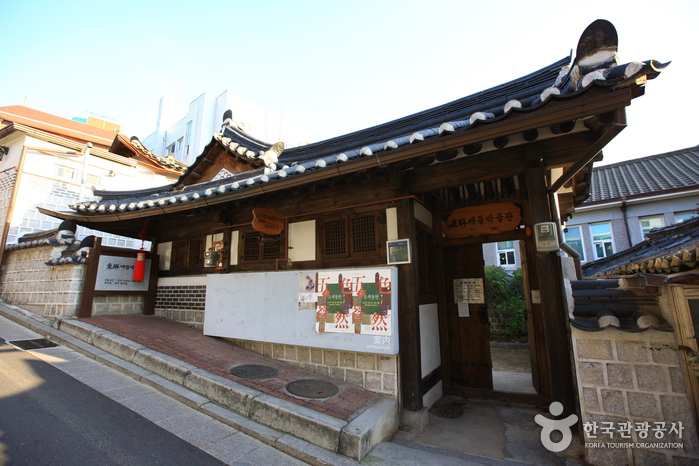
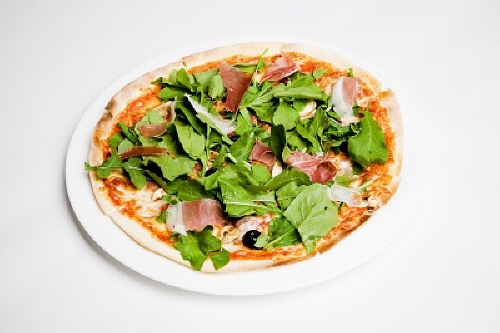
![Bukchonmaru hanok guesthouse [Korea Quality] / 북촌마루한옥게스트하우스 [한국관광 품질인증]](http://tong.visitkorea.or.kr/cms/resource/32/2574032_image2_1.jpg)
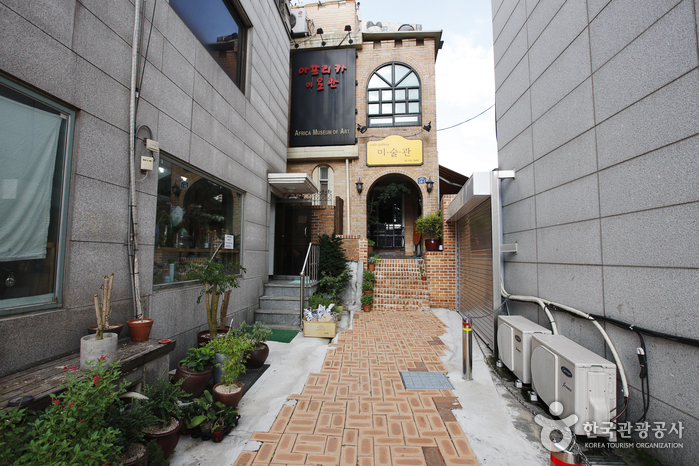
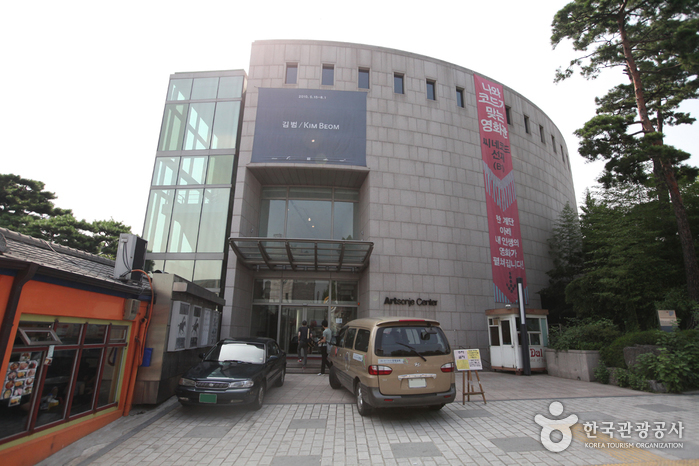
![Hyehwa1938 [Korea Quality] / 혜화1938 [한국관광 품질인증]](http://tong.visitkorea.or.kr/cms/resource/52/2529152_image2_1.jpg)
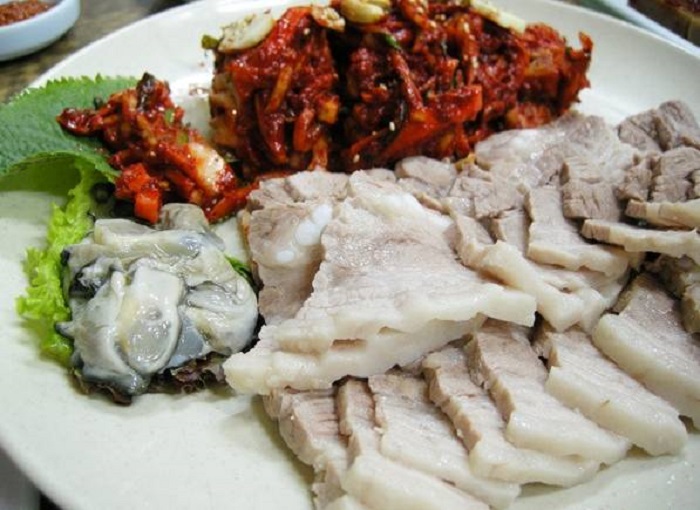
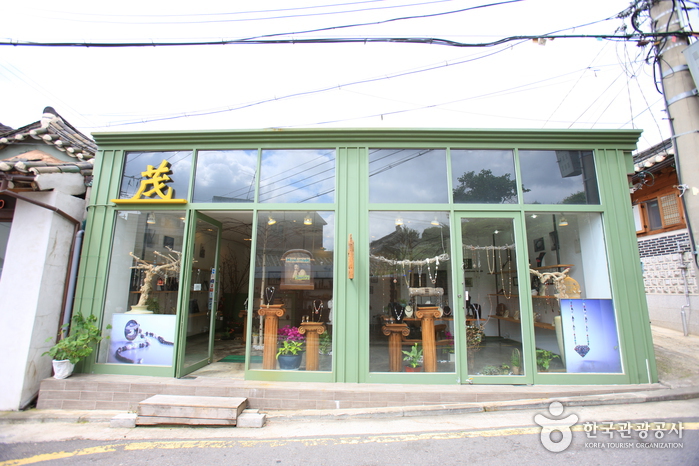
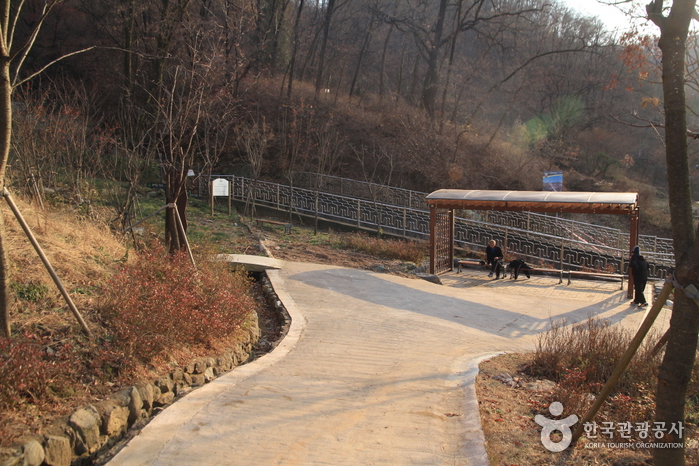
 Français
Français
 한국어
한국어 English
English 日本語
日本語 中文(简体)
中文(简体) Deutsch
Deutsch Español
Español Русский
Русский